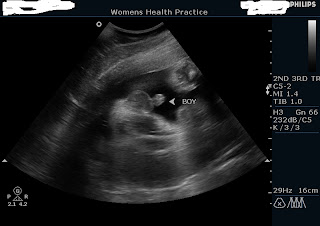Decidual Cast Periods can be fairly easy, passing some tissue at a time, or off can come the whole lining in one piece called a decidual cast. Generally the lining of the uterus is only 6-8 mm thick at the time of the menstrual period, and it is shed gradually, a few cells at a time. The decidual cast is when the entire lining passes spontaneously. It's not uncommon, but it usually both uncomfortable, and alarming to some. But us women are designed to have some sort of periods Or Not? We have to pass tissue each month. Or Not? Are they good for us? Or Not? Do we want them? Or Not? Is this something that is individual? Or Not? It's a complex topic that I will be discussing a lot over my time in this blog. So lets start with basics: How much do we bleed and what are we loosing, and just what was this that the patient passed? And another basic: track your periods, and the Women's Health Practice site http://www.womenshealthpractice.com/media/pdf/menstrual_chart.pdf you...
News, Facts, History, about Women's Health, sex, gynecologic conditions, weight control, nutrition and anti-aging, fitness, skin care, and wellness from Suzanne Trupin, MD, Board Certified Obstetrician and Gynecologist and owner of Women's Health Practice, Hada Cosmetic Medicine, and Hatha Yoga and Fitness


Comments
Post a Comment
Thank you for your comments and questions. WE hope you will buy our book, https://www.gynogab.com/shop This blog is not intended to replace medical care, but is informational only. We hope you will become a follower or visit Womens Health Practice. We offer a variety of unique services including MonaLisa Touch, Coolsculpting, Labiaplasty, and Gynecoloigic Clinical Research Trials. For more information on menopause see